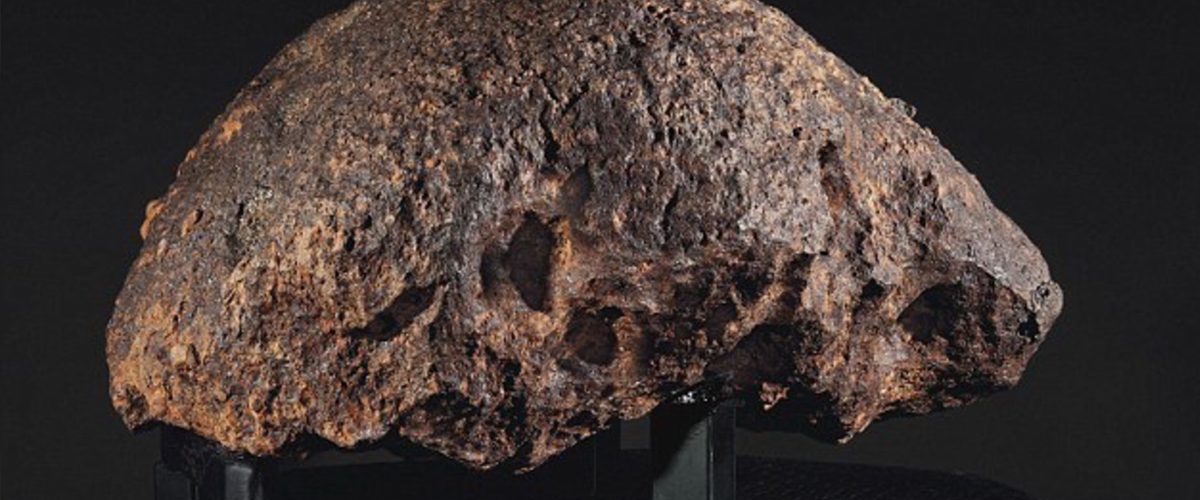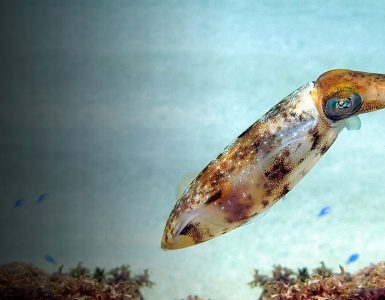Who would have expected that a small, charcoal-black, burnt, horseshoe-like imprinted piece of rock lying on the field in Gloucestershire, UK is a cosmic debris leftover from the birth of the solar system, and holds answers to the questions about the origin of life on Earth? Derek Robson of the East Anglian Astrophysical Research Organization (EAARO) discovered a 4.6 billion-year-old meteorite from the field in Gloucestershire in March, as reported by EAARO. This piece of meteorite is expected to have traveled 110 million miles from its original home somewhere between the orbits of Mars and Jupiter. Thrown away from the asteroid belt by the gravitational collision between asteroids, the tiny piece tumbled from space, into the Earth, landing as a meteorite. It is now also known as Winchcombe meteorite.
The team of researchers is now conducting different analyses on this meteorite to identify its composition, using methods like electron microscopy, vibrational spectroscopy, and X-ray diffraction. These analyses could point out not only the surface morphology of the rock at the smallest scale of a nanometer, but can also give clues about its chemical compositions, molecular interactions, crystallinity, and structural composition. Microscopist Shaun Fowler of Loughborough University said,
The internal structure is fragile and loosely bound, porous with fissures and cracks. It doesn’t appear to have undergone thermal metamorphism, which means it’s been sitting out there, past Mars, untouched, since before any of the planets were created, meaning we have the rare opportunity to examine a piece of our primordial past.

What makes this meteoroid special is that unlike other elements of the Solar System, the Winchcombe rock hasn’t undergone any major transformation after it has been thrown from the asteroid belt onto Earth. Its physical composition is evident that it hasn’t endured repeated collisions. Another remarkable fact about the rock is its carbonaceous chondrite composition, which is one of its kind, and the first to be recovered from the continent in the past three decades. It isn’t made up of iron, but of rock, particularly carbon and silicon, that helps it survive the harshness of atmospheric entry. Fowler said, “The bulk of the meteorite is comprised of minerals such as olivine and phyllosilicates, with other mineral inclusions called chondrules”. Specialist in optical and electron microscopy, Fowler also confirms the novelty of this meteorite as. “never before seen in other recorded meteorite samples.”
Astrochemist, Derek Robson of the EAARO, believes that the Carbonaceous chondrites found in the Amino Acids and other organic compounds is a key element of living things, and after it has been confirmed in recently discovered meteoroid, it could be an important step towards confirming and identifying the presence of such compounds from a material that existed before the birth of Earth and is a vital step in understanding the origin of life.
















Add comment